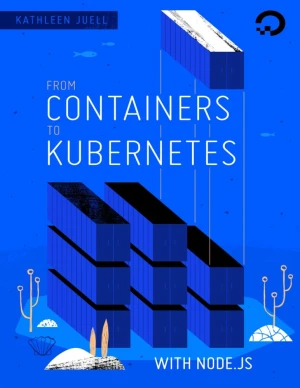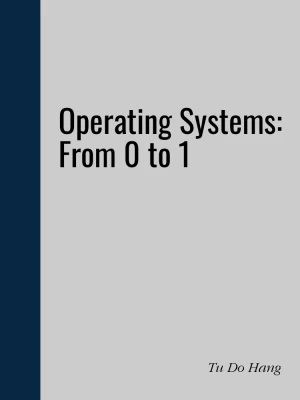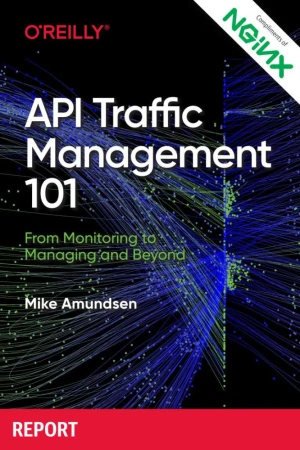The Haskell School of Music
From Signals to Symphonies
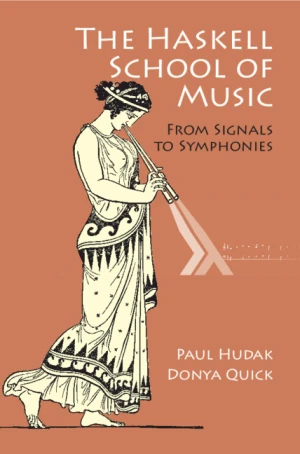
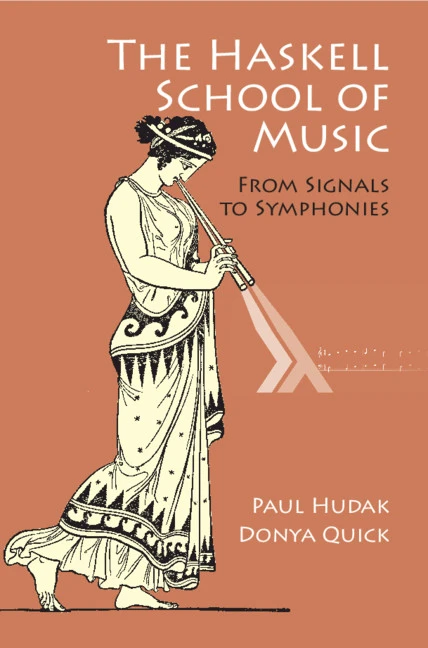
Book Details
| Authors | Paul Hudak, Donya Quick |
| Publisher | Yale University |
| Published | 2014 |
| Edition | 1st |
| Paperback | 398 pages |
| Language | English |
| ISBN-13 | 9781108416757, 9781108271493 |
| ISBN-10 | 1108416756, 1108271499 |
| License | Open Access |
Book Description
This free book explores the fundamentals of computer music and functional programming through the Haskell programming language. Functional programming is typically considered difficult to learn. This introduction in the context of creating music will allow students and professionals with a musical inclination to leverage their experience to help understand concepts that might be intimidating in more traditional computer science settings.
Conversely, the book opens the door for programmers to interact with music by using a medium that is familiar to them. Readers will learn how to use the Euterpea library for Haskell to represent and create their own music with code, without the need for other music software.
The book explores common paradigms used in algorithmic music composition, such as stochastic generation, musical grammars, self-similarity, and real-time interactive systems. Other topics covered include the basics of signal-based systems in Haskell, sound synthesis, and virtual instrument design.
This is a textbook on functional programming in Haskell, with a strong focus on computer music concepts and applications. The book describes Euterpea, a computer music library developed in Haskell, that allows programming computer music applications both at the note level and the signal level.
The book also teaches functional programming in Haskell from scratch. It is suitable for use in the classroom to teach functional programming concepts, Haskell language details, computer music and audio processing concepts and applications - or all of the above.
This book is published as open-access, which means it is freely available to read, download, and share without restrictions.
If you enjoyed the book and would like to support the author, you can purchase a printed copy (hardcover or paperback) from official retailers.
Download and Read Links
Share this Book
[localhost]# find . -name "*Similar_Books*"
Professional Web Accessibility Auditing Made Easy
Digital accessibility skills are in high demand, as the world becomes more aware of barriers in digital content that prevent some people from participating in a digital society. These are essential skills for web developers, and essential knowledge for organizations that want to ensure their web content is reaching the broadest audience possible. T
From Containers to Kubernetes with Node.js
This book is designed as an introduction to containers and Kubernetes by way of Node.js. Containers are the basis for distributed, repeatable workflows with orchestrators such as Kubernetes, and they allow developers and operators to develop applications consistently across environments and deploy in a repeatable and predictable fashion. The exampl
Operating Systems: From 0 to 1
This book helps you gain the foundational knowledge required to write an operating system from scratch. Hence the title, 0 to 1. After completing this book, at the very least you will learn: - How to write an operating system from scratch by reading hardware datasheets. In the real world, it works like that. You won't be able to consult Google for
A Practical Guide to TPM 2.0
A Practical Guide to TPM 2.0: Using the Trusted Platform Module in the New Age of Security is a straight-forward primer for developers. It shows security and TPM concepts, demonstrating their use in real applications that the reader can try out. Simply put, this book is designed to empower and excite the programming community to go out and do cool
API Traffic Management 101
The aim of this short book is to introduce the general themes, challenges, and opportunities in the world of managing API traffic. Most of the examples and recommendations come from my own experience (or that of colleagues) while working with customers, ranging from small local startups to global enterprises. This book is for those just getting sta
The Privacy Engineer's Manifesto
The Privacy Engineer's Manifesto: Getting from Policy to Code to QA to Value is the first book of its kind, offering industry-proven solutions that go beyond mere theory and adding lucid perspectives on the challenges and opportunities raised with the emerging "personal" information economy. The authors, a uniquely skilled team of longtime industry


